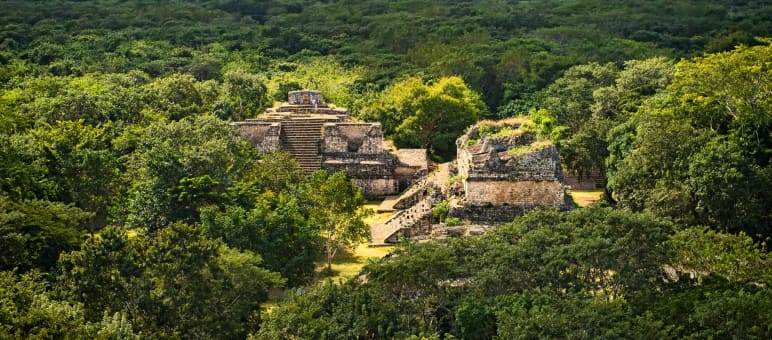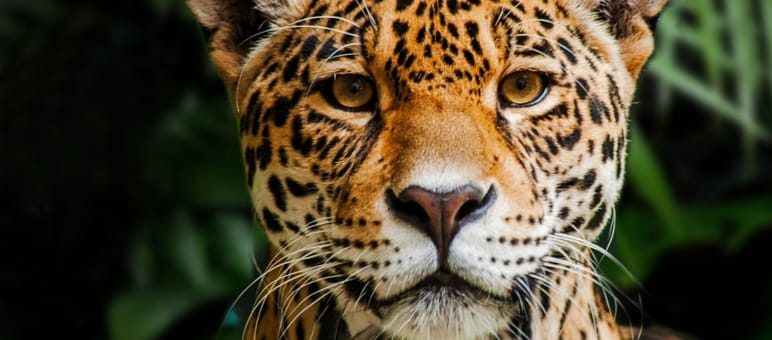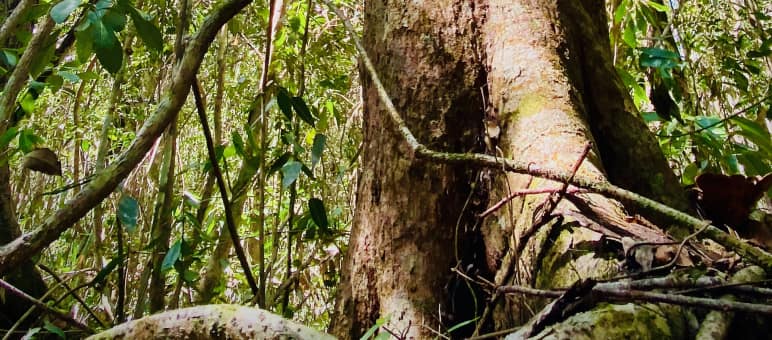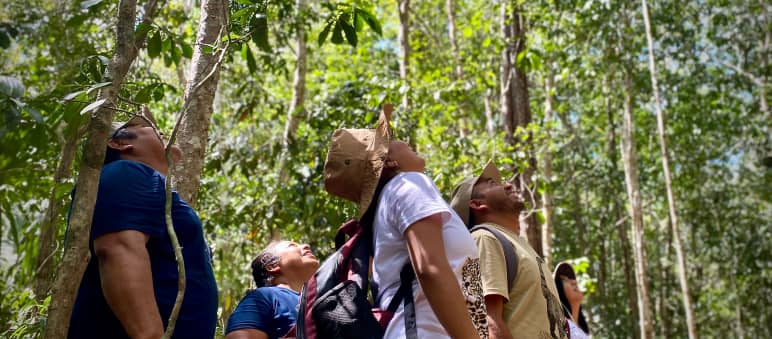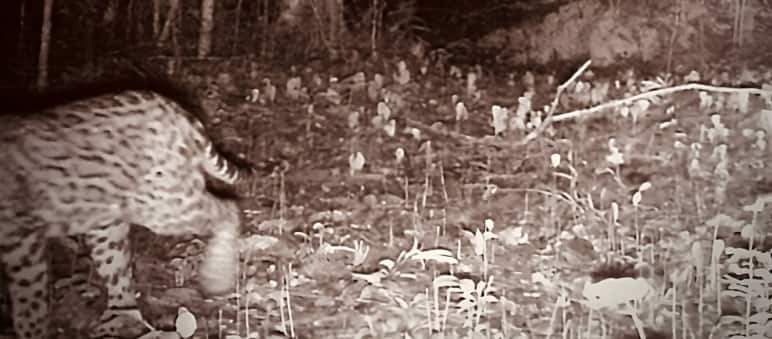Protecting the forest with the Túumben K’óoben Indigenous women’s cooperative
Faced with an imposed economy of mass tourism and displacement, Indigenous Mayan women are writing their own story. They’re buying forest, building an agro-ecology center, and creating a future rooted in their traditions. Meet the Túumben K’óoben cooperative, and the 51 hectares they’re determined to defend.
Project Overview
Project FocusEcosystems / Rainforest Defenders
Project Objective purchase of forest, environmental education, construction of an agro-ecological center
Activities purchase of forest, environmental education offerings, preservation of fauna and flora
The Mayan forest extends across Mexico's Yucatán Peninsula into the neighboring countries of Belize and Guatemala. The largest contiguous tropical forest area in Central America, it is one of the most important ecosystems on our planet and a green corridor for many wildlife species such as howler monkeys, tapirs and jaguars.
The jaguar plays a central role in the ecosystem and in the culture and traditions of the Maya. Mayan kings adorned themselves with the power and elegance of the “balam”, as the big cat is called in their language. Few people are lucky enough to see one in the wild.
An apex predator, jaguars hunt mammals and birds and disperse the plant seeds that their prey have eaten. Hundreds of tree species thrive because of them. Without the stabilizing effect of jaguars on the forest ecosystem, the diversity of tropical flora would be dramatically reduced.
The Selva Maya, ranging from the dry forests of the northern Yucatán peninsula to the rainforests of Petén in Guatemala, is home to extraordinary biodiversity in its more than 20 different ecosystems.
Roaming the forest in Yucatán, one can wander through thorny scrub while monkeys sway in the treetops. Between the leaves, the sparkling blue water of a cenote comes into view. These flooded underground cave systems are a geological feature unique to Yucatán. There are no surface rivers in the karst area, and the fresh water of the cenotes is precious in a region where the temperature often exceed 45°C.
For the Maya, the cenotes represent the entrance to the underworld, and many of them remain sacred places. Nevertheless, numerous cenotes were destroyed for the construction of hotel complexes on the Riviera Maya.
The Mayan forest is a huge biological and archaeological treasure trove, with many endemic animal species and ancient Mayan sites, some hidden deep in the jungle.
One of the largest infrastructure projects in Mexico is set to slash through this unique forest: a railway line for tourists. The “Tren Maya” will connect the beach resorts of Cancún, Playa del Carmen and Tulum on the coast to Mayan archaeological sites from Chichén Itzá to Palenque.
Millions of trees are to be felled for the project. Construction is already underway on the 1,500 km rail line. Forest is being cleared, and the predominantly Indigenous population is facing even greater marginalization. The locals are mainly seen as a source of cheap labor in the construction and tourism sectors.
We resist because we want to preserve our culture and our forest as a basis for life.”
With their cooperative, the Indigenous Mayan women want to establish a forest conservation project close to the proposed rail line, near Felipe Carrillo Puerto in the state of Quintana Roo. 51 hectares of forest are to be bought for this purpose with Rainforest Rescue support. Numerous endangered animal and plant species have been documented in this intact forest area, and jaguars, deer and wild turkeys are also present.
While the cooperative already has part of the money, a considerable amount for the purchase still needs to be raised.
After the purchase of the rainforest, the fauna and flora will be recorded and studied with scientific support, and environmental education will be offered. In the coming years, an agro-ecology center will be built, and additional adjacent forest areas will be acquired and preserved.
The women’s cooperative is a new Rainforest Rescue partner. Previously, the group was active developing alternative sources of income in the region, such as growing corn, beans and local fruits.
With the new project, they would like to expand their activities and enable a self-determined future for the people of the region that does not depend on the externally imposed economic model of mass tourism, permitting them to maintain their traditions and protect nature.
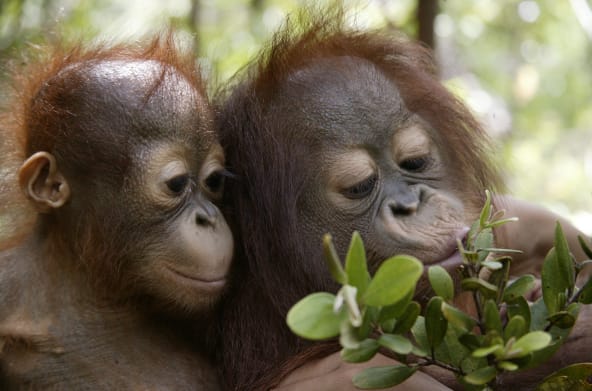
The rainforest
A green sea of ferns, mosses, vines and ancient trees. Iridescent butterflies and colorful birds. Flowers in every hue of the rainbow. The “green lung” is a natural wonder of the world. Find out more about the world’s most diverse, fascinating and threatened ecosystem.
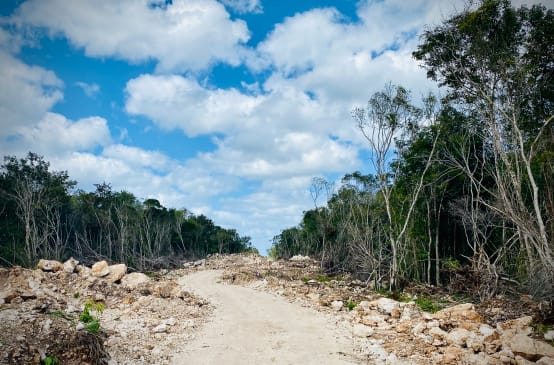
Inauguration of Mexico’s “Mayan Train”: No reason to celebrate
While sections of the Tren Maya tourist railroad in Mexico are ceremoniously inaugurated, the fight against the impacts of railroad construction in the rainforest continues.
